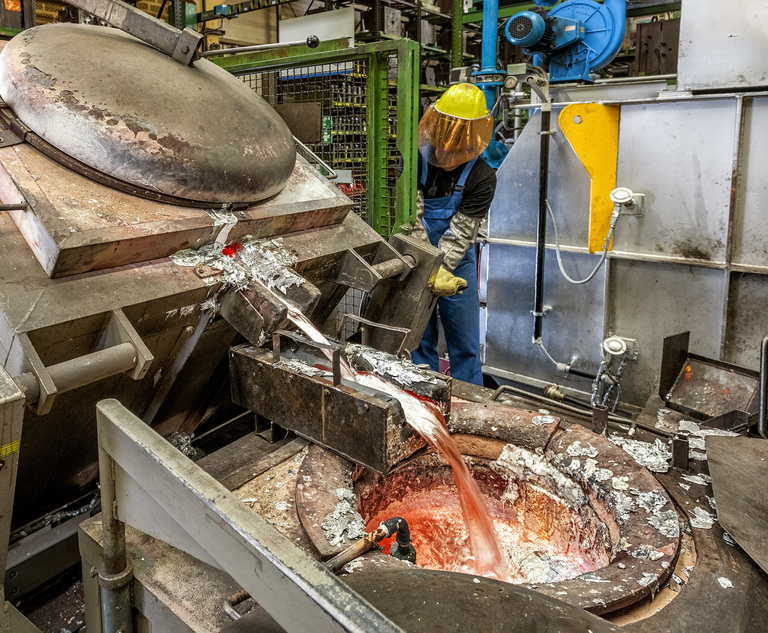U.S. producer price growth stepped down in October by more than expected in the latest sign that inflationary pressures are beginning to ease.
The producer price index for final demand advanced 8% from a year ago, the smallest annual gain in more than a year, and 0.2% from month earlier, Labor Department data showed Tuesday. The median estimates in a Bloomberg survey of economists called for a 8.3% annual increase and a 0.4% rise from the prior month.
The S&P 500 opened higher and Treasury yields eased, while the Bloomberg dollar index declined after the report.
Excluding the volatile food and energy components, the so-called core PPI was unchanged in October and rose 6.7% on an annual basis.
The data come on the heels of a smaller-than-expected monthly increase in the October consumer price index, which investors and Wall Street welcomed as a sign that the fastest price increases in decades are finally be starting to ebb.
After peaking in March at 11.7% on an annual basis, producer price growth has moderated amid improving supply chains, softer demand and a weakening in many commodities prices. Excluding food and energy, costs of goods declined during the month, and services prices fell for the first time since 2020.
The Federal Reserve, which is watching all inflation data closely, is anticipated to soon slow the pace of interest rate hikes, though officials have emphasized they remain firmly committed to taming inflation.
Many companies have successfully passed on much, if not all, of the increases in input and labor costs to consumers, but some companies have recently indicated a hesitation to pursue further aggressive price hikes amid the uncertain economic environment.
Tuesday’s report showed goods prices rose 0.6%, reflecting increases in food and energy. Services prices declined 0.1%, including decreases in trade, transportation and warehousing costs. The Labor Department said a major factor in the decline was due to a drop in fuel retailer margins.
Producer prices excluding food, energy, and trade services, which strips out the most volatile components of the index, increased 0.2% from the prior month. The measure was up 5.4% from a year ago, the smallest advance since May 2021.
Costs of processed goods for intermediate demand, which reflect prices earlier in the production pipeline, fell. Excluding food and energy, those costs slumped 0.8%, the most since the start of the pandemic.
Separate data have also pointed to an easing of cost pressures. The Institute for Supply Management gauge of prices paid for raw materials by manufacturers slipped last month to its lowest reading since May 2020. And wage growth, while still robust, has eased somewhat.
Reade Pickert reports for Bloomberg News.
NOT FOR REPRINT
© 2024 ALM Global, LLC, All Rights Reserved. Request academic re-use from www.copyright.com. All other uses, submit a request to [email protected]. For more information visit Asset & Logo Licensing.


 Skilled worker at the aluminum melt preparing the raw material for die casting. Credit: Ingo Bartussek/Adobe Stock
Skilled worker at the aluminum melt preparing the raw material for die casting. Credit: Ingo Bartussek/Adobe Stock




